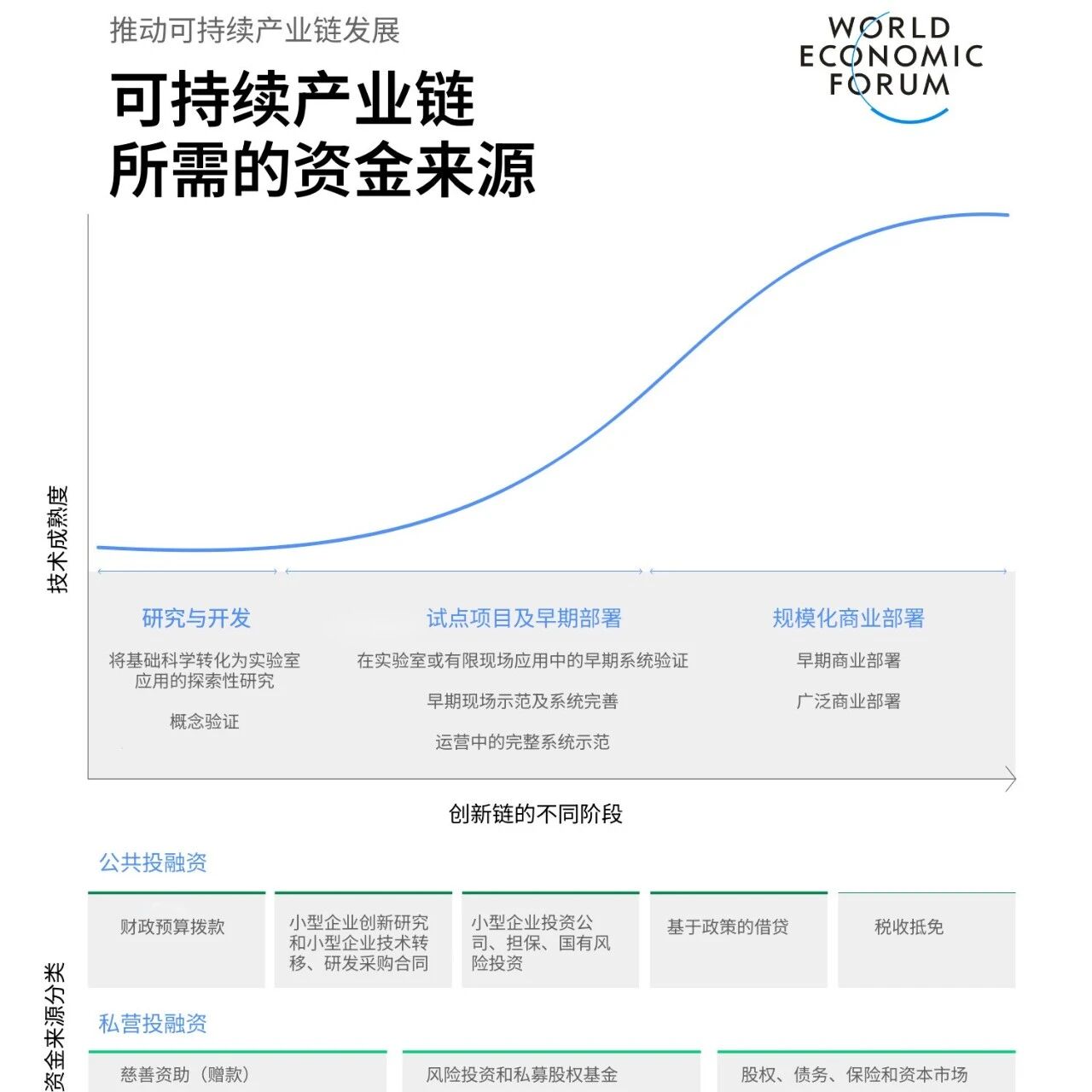

The housing shortage is particularly acute in urban areas.
Image source: Unsplash/Shoichiro Kono
Olivia Nielsen
Miyamoto International Chief Advisor
The global issue today isn’t a housing shortage—but rather a mismatch between supply, demand, affordability, and access.
The ongoing migration of rural populations to cities has resulted in an oversupply of housing in sparsely populated villages, while urban areas are experiencing severe overcrowding.
Although housing has become a politically charged issue, addressing this problem requires refocusing on value and outcomes—rather than solely on quantity and output.
Weekly news is rife with contradictions: one article laments the unaffordability of housing, while the next claims that house prices in a certain small town are as low as 1 euro.
At best, the paradox in the news headlines is merely a surface-level phenomenon—global housing crises cannot be simply attributed to a shortage of homes. The real issue lies in the fact that existing housing often suffers from poor locations, unaffordable prices for those who need it most, or mismatches with people’s lifestyles. What we’re facing may not be a global housing shortage, but rather a global misalignment of housing supply and demand.
Supply-demand mismatch
In many high-income countries, the number of newly built homes has already kept pace with population growth—and in some cases, even outpaced it. Take the United States, for instance; census data reveals that the nation has as many as millions of vacant bedrooms nationwide.
However, hundreds of thousands of Americans still remain homeless, living in shelters, cars, or on the streets. Instead of focusing on the *number* of housing units, we should instead pay attention to where homes are located, their affordability, and ultimately, who has access to housing.
Demographic shifts are introducing complexity and uncertainty into the housing ecosystem. Many seniors continue living in the large family homes their children have long since moved out of. While downsizing might seem logical, smaller, centrally located homes often come with prices that are equal to or even higher than larger ones. As a result, the system traps people in dwellings they no longer need—while simultaneously excluding others who genuinely do.
Globally Distorted Landscape
This pattern of housing vacancy, hardship, and exclusion isn’t unique to the U.S. housing system. In fact, the housing allocation crisis is spreading globally:
Japan has more than 9 million vacant homes, most of which are located in rural areas or towns experiencing population decline, while housing demand in urban areas is surging.
Italy is offering homes for as little as 1 euro, and even providing families with up to €100,000 in financial support to help cover housing costs—all in an effort to attract residents to its sparsely populated villages.
In the early 21st century, Mexico experienced a real estate boom, resulting in the construction of millions of homes on the outskirts of cities. Today, many of these houses have been abandoned, as residents found they were simply too far from workplaces, schools, and essential services.
Many cities in sub-Saharan Africa are experiencing a rapid rural-to-urban migration, driven by limited economic opportunities in rural areas. As a result, informal settlements in urban centers have become overcrowded, driving up land values and straining already overburdened infrastructure systems.
Why politicians care about numbers
Globally, the housing crisis has emerged as a major political hotspot, becoming one of the key issues shaping and influencing elections. Politicians often respond to public pressure by making ambitious, high-profile pledges—such as the commitments made by the Philippines and Nigeria to build 1 million homes annually.
While these easily communicated numbers help convey a sense of urgency and scale, they also obscure the core issue: a mismatch between the housing being built and the housing people truly need.
Many large-scale housing projects have failed not because of poor construction quality, but because they prioritized cheap land over locations with convenient transportation links, resulting in homes being far from workplaces, transit hubs, and essential services. While affordable land influenced the decision-making process, it ultimately fell short of ensuring residents a high quality of life.
Today, housing has become the top economic concern for many families—so much so that it now surpasses long-standing voter priorities like inflation or employment. Yet, if new homes remain prohibitively expensive, out of reach, or disconnected from everyday life, voters simply won’t feel the benefits—no matter how abundant the supply of new housing may be.
As a Southeast Asian housing official candidly admitted to us: "Our goal has been to use quantity—high or low—as the benchmark, rather than judging based on quality." This mindset must change.
Rethinking the Global "Housing Shortage"
We often hear that 96,000 new homes need to be built worldwide every day to meet demand. In reality, this figure actually masks even bigger issues.
While millions lack adequate housing, many are not actually homeless—they live in overcrowded, unsafe, or substandard conditions.
This issue is both quantitative and qualitative. We need more than just more housing—what’s required are homes that are better located, built more efficiently, and better suited to today’s realities.
The real limiting factor is land, not bricks and tiles.
When it comes to housing, there’s no one-size-fits-all solution or magical construction technique that can drive down costs. The real bottleneck lies in how developers can secure land that’s both affordably priced and ideally located—rather than in materials like bricks or cement. A report by McKinsey found that, in many cities, land costs account for the largest share of housing expenses.
That’s why simply increasing supply doesn’t always lead to lower prices—because we often continue building in the wrong places.
The solution requires a better system.
Addressing housing mismatch issues requires shifting focus from quantity to value, and from output to outcomes. This means:
Reform land-use regulations, allowing for infill, mixed-use development, and moderately dense construction in well-served communities.
Through public-private partnerships, land banks, municipal land, and other incentive measures,Enable developers to secure prime-location land at affordable prices.
Upgrading informal housingDistricts are usually more affordable and equitable than relocation.
Expanding the reach of housing microfinance, allowing small landlords and self-built homeowners to improve their housing, while gradually increasing the number of affordable rental units.
Encourage downsizing and transformationUnderutilized spaces, especially in aging societies.
Coordinating new housing constructionBuilding a thriving, interconnected community that aligns seamlessly with transportation, schools, and public services.
A New Narrative for Global Housing
The housing debate needs to be revisited. What we lack isn’t houses—what we’re really short on is homes in the right locations.
If we continue focusing solely on the number of units without addressing the deeper-rooted inefficiencies, we’ll keep seeing one town with houses priced at just $1, while in another town, apartments sell for millions.

The above content solely represents the author's personal views.This article is translated from the World Economic Forum's Agenda blog; the Chinese version is for reference purposes only.Feel free to share this in your WeChat Moments; please leave a comment at the end of the article or on our official account if you’d like to republish.
Editor: Wang Can
The World Economic Forum is an independent and neutral platform dedicated to bringing together diverse perspectives to discuss critical global, regional, and industry-specific issues.
Follow us on Weibo, WeChat Video Accounts, Douyin, and Xiaohongshu!
"World Economic Forum"


